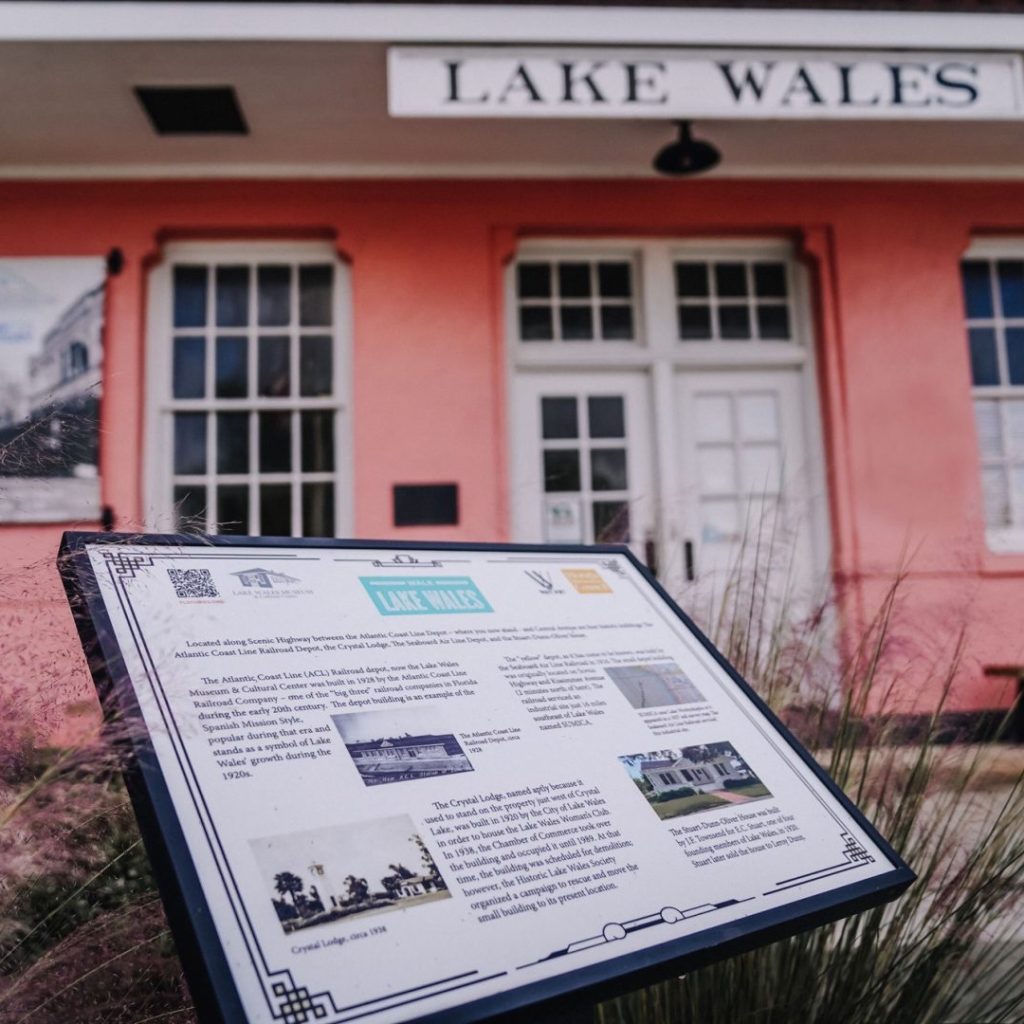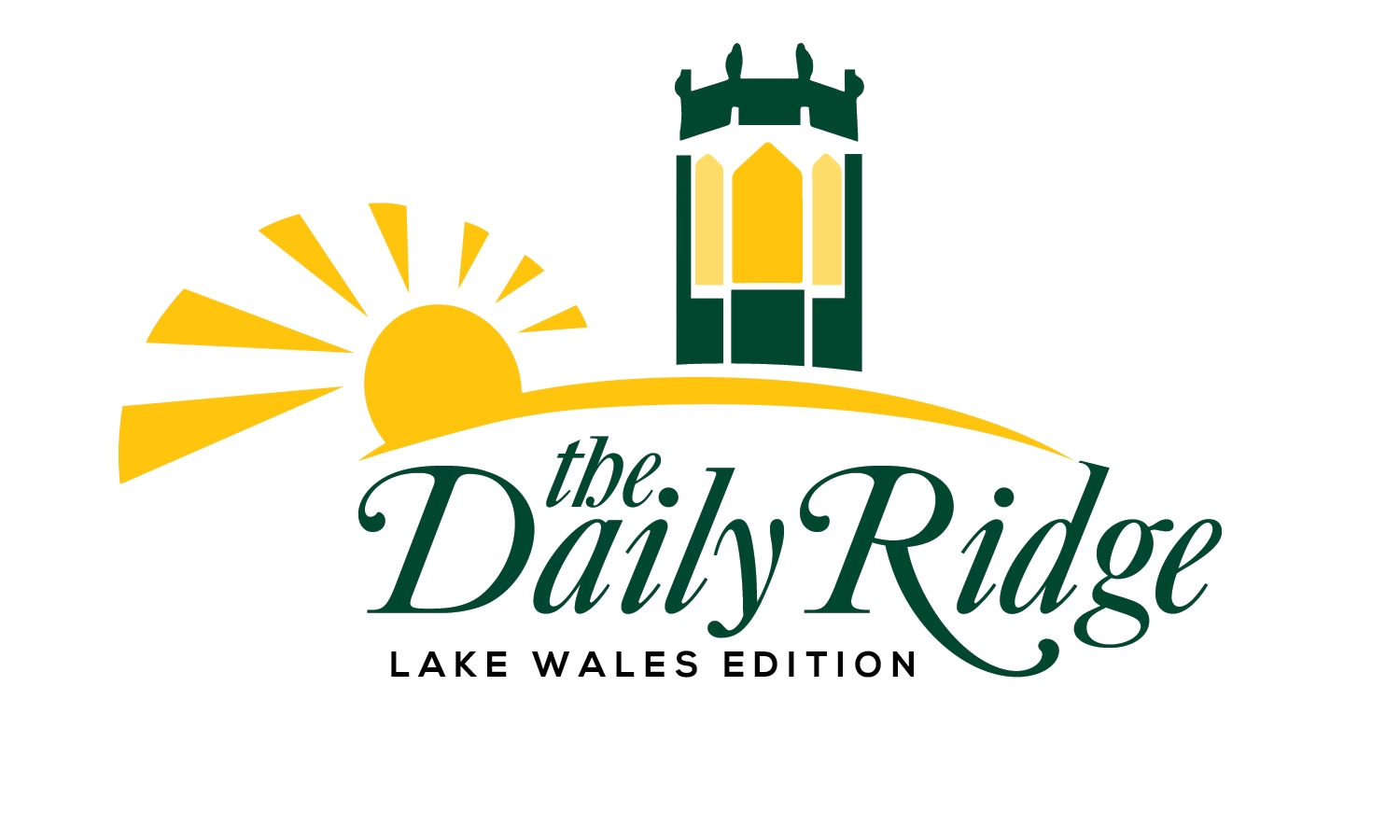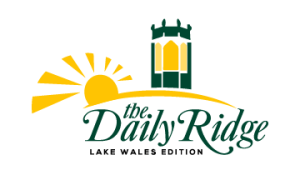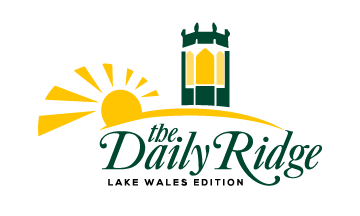
by James Coulter
A railroad history exhibit and a gallery focusing on everything that makes life worth living in Lake Wales are some of the renovations that are currently underway or planned for the Lake Wales History Museum.
An update to the museum’s ongoing renovations—both past, present, and future—was presented to the City Commission during their work session meeting on Wed., Jan. 20, 2025.
Museum Director Angela Rosado mentioned how, despite previous challenges (most notably the COVID-19 pandemic), the museum has been able to expand its outreach into the community and move forward with much-needed renovations.
Currently, the museum is undergoing renovations in three phases. The first phase, which is now completed, oversaw the creation of the Founders Exhibit, showcasing the history of local landmarks including Chalet Suzanne and Bok Tower Gardens.
The next two phases will respectively oversee the development of the railroad history exhibit and a main gallery space themed to, “Things that make life worth living in Lake Wales,” which will highlight community events, local businesses, and the city’s foundational industries.
Other key priorities for the foreseeable future will include improving ADA accessibility, exploring the potential of the museum’s freight space, and gathering community input to improve future museum offerings and experiences.
These renovations have been facilitated through more than $65,000 in grants and donations and more than 15 partnerships with local businesses and non-profit organizations.
Commissioner Keith Thompson proposed the creation of a museum membership program to help facilitate funding for future renovations and other developments. As he and his wife are patrons of the Lake Wales Art Center, he knows the importance of community support for local institutions.
“This [the museum] is a much-needed partnership [with the city],” he said. “We are focused on the present and future of Lake Wales, so we need an organization that keeps us tethered to our past.”
Rosado agreed that a museum membership program would be beneficial, which is why they are considering creating such a program with members benefits including exclusive access toselect exhibits and discounts on future museum events.
Commissioner Thompson then inquired about the Stuart house building, expressing concern about its condition and asking if the space could be better utilized by the museum.
“That is a historic building. I just don’t want to see it fall into disrepair,” he said. “I don’t know what we need to do. Can we look into what we can do to make them operational? I think we really need to figure that out.”
Deputy Mayor Robin Gibson suggested the house could be used for office space, meeting rooms, and even fundraisers, both for the museum and for local non-profit organizations.
“Years ago, we had a successful fundraiser there for the charter schools,” he explained. “It is a charming house. I always thought that it would be a wonderful location to be utilized by fundraising groups and non-profits and for office staff work, entertainment, and events. I think it would be very effective.”
Unfortunately, Rosado informed the commission that the building was not included in the current operational agreement between the city and the museum. She explained that a revised agreement would be required to include it within the museum’s operation scope.


